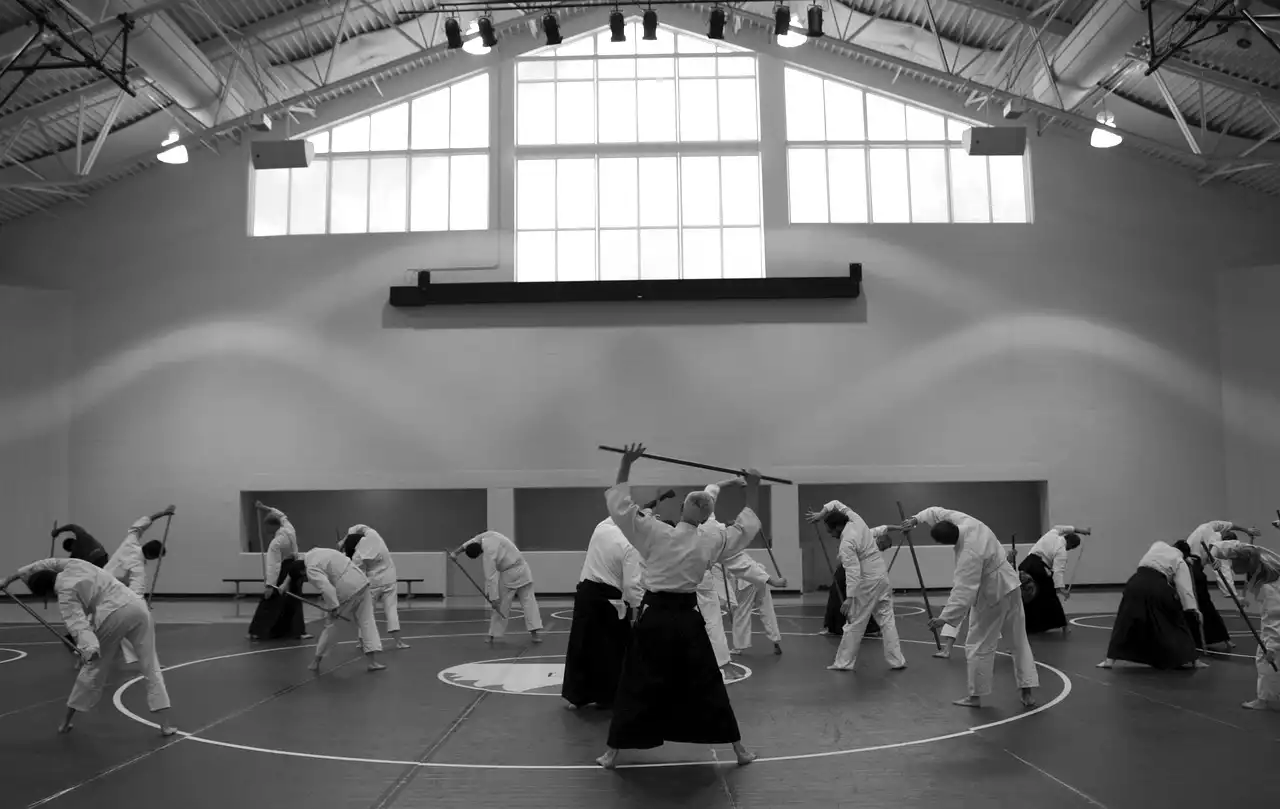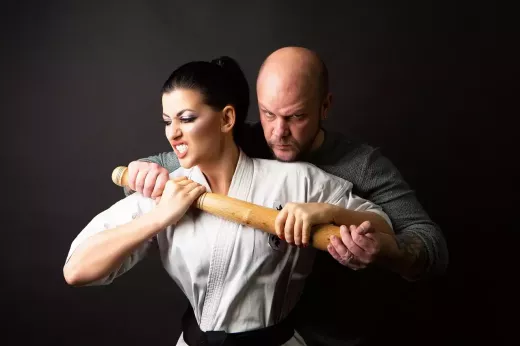Benefits of Cross-Training
Cross-training is a great way to improve your martial arts skills. It involves combining different styles, techniques, and training methods. By doing so, you can develop a more well-rounded skill set and become a more versatile fighter. Here are some benefits of cross-training:
Improved technique: Cross-training allows you to learn new techniques and refine your existing ones. It can help you identify and correct weaknesses in your technique, which can lead to significant improvements in your overall skill level.
Increased physical fitness: Cross-training involves different types of training, including striking, grappling, and conditioning. It can help you improve your strength, speed, and agility, which are essential for martial arts.
Mental toughness: Cross-training can help you develop mental toughness and resilience. It requires you to adapt to different styles and techniques, which can be challenging. However, by pushing through these challenges, you'll develop mental toughness that can translate into other areas of your life.
Understanding Different Martial Arts Styles
Before you start cross-training, it's important to understand the different martial arts styles. There are various martial arts disciplines, each with its unique techniques, training methods, and philosophies. Here are some of the most popular martial arts styles:
Striking arts: Striking arts are martial arts disciplines that focus on striking techniques such as punches, kicks, elbows, and knees. Examples of striking arts include boxing, Muay Thai, and kickboxing.
Grappling arts: Grappling arts are martial arts disciplines that focus on grappling techniques such as throws, takedowns, and submissions. Examples of grappling arts include Brazilian Jiu-Jitsu, Judo, and wrestling.
Traditional martial arts: Traditional martial arts are martial arts disciplines that have been practiced for centuries and have a strong cultural and philosophical significance. Examples of traditional martial arts include Karate, Taekwondo, and Kung Fu.
Modern martial arts: Modern martial arts are martial arts disciplines that have been developed in recent years and incorporate elements of different martial arts styles. Examples of modern martial arts include MMA, Krav Maga, and Systema.
Finding a Cross-Training Dojo or Gym
Once you understand the different martial arts styles, the next step is to find a dojo or gym that offers cross-training. Here are some tips for finding a cross-training dojo or gym:
Research online: Use the internet to search for dojos or gyms in your area that offer cross-training. Check their websites and social media pages to learn more about their programs and instructors.
Ask for recommendations: Ask other martial artists in your community for recommendations. They may know of a dojo or gym that offers cross-training.
Visit the dojo or gym: Visit the dojo or gym in person to see if it's a good fit for you. Observe a class and talk to the instructors and students to get a sense of the training environment.
Combining Striking and Grappling Arts
One of the most common forms of cross-training is combining striking and grappling arts. This approach can help you develop a well-rounded skill set that includes both stand-up and ground fighting techniques. Here are some tips for combining striking and grappling arts:
Learn the basics: Start by learning the basics of both striking and grappling arts. Focus on developing good technique and building a strong foundation.
Find common ground: Look for techniques that are similar in both striking and grappling arts. For example, a jab in boxing can be used as a setup for a takedown in wrestling.
Focus on transitions: Practice transitioning from striking to grappling and vice versa. This can help you develop a seamless, well-rounded fighting style.
Combining Traditional and Modern Martial Arts
Another form of cross-training is combining traditional and modern martial arts. This approach can help you blend the cultural and philosophical aspects of traditional martial arts with the practical techniques of modern martial arts. Here are some tips for combining traditional and modern martial arts:
Understand the differences: Traditional martial arts are often more focused on form and technique, while modern martial arts are more focused on practical techniques for self-defense. Understand the differences between the two and find ways to blend them together.
Focus on fundamentals: Start by focusing on the fundamentals of both traditional and modern martial arts. This will help you develop a strong foundation for your training.
Incorporate philosophy: Incorporate the philosophical aspects of traditional martial arts into your training. This can help you develop mental toughness, discipline, and respect for your opponents and training partners.
The Importance of Sparring in Cross-Training
Sparring is an essential part of cross-training. It allows you to test your skills against different styles and techniques and develop your ability to adapt to different situations. Here are some tips for sparring in cross-training:
Start slow: Begin by sparring at a slow pace and gradually increase the intensity. This will help you develop good technique and avoid injury.
Mix it up: Spar with different partners who have different styles and techniques. This will help you develop your ability to adapt to different situations.
Focus on learning: Use sparring as an opportunity to learn rather than win. Focus on improving your technique and developing your skills.
Tips for Mastering Cross-Training
Mastering cross-training takes time and dedication. Here are some tips to help you get the most out of your cross-training:
Be patient: Cross-training takes time, so be patient and don't expect immediate results.
Stay focused: Stay focused on your goals and continue to train even when progress seems slow.
Train regularly: Consistency is key to mastering cross-training. Train regularly and make it a part of your daily routine.
Cross-Training for Self-Defense
Cross-training can also be a valuable tool for self-defense. By combining different styles and techniques, you can develop a well-rounded set of skills that can help you defend yourself in a variety of situations. Here are some tips for using cross-training for self-defense:
Stay aware: Stay aware of your surroundings and avoid dangerous situations whenever possible.
Use your skills wisely: If you do find yourself in a self-defense situation, use your skills wisely and only as a last resort.
Stay calm: Stay calm and focused during a self-defense situation. This will help you make better decisions and use your skills effectively.









